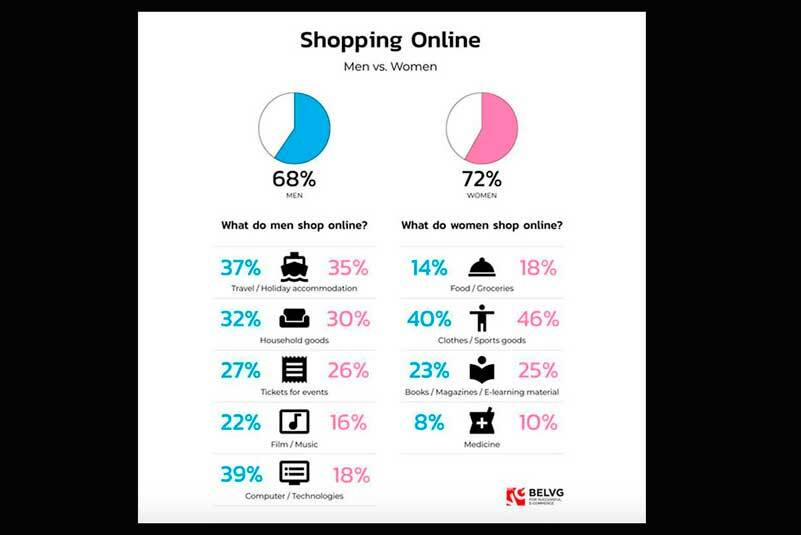By Morf Morford
Tacoma Daily Index
Who thinks about grocery stores?
They are just there. And they’ve always been there, right?
Nope.
We might even think of our local grocery store as something as essential – and overlooked, as a couch – and, in a real way, grocery stores are the basic furniture of any neighborhood.
They are where we buy food, but they are much more than that; they are where we meet, make decisions, run into neighbors and, to a large degree, establish the basic elements of our households.
You might think that there is nothing remarkable about your local standard grocery store, but in 1916, what we now think of as a typical grocery store was radical indeed.
In fact, compared to what came before, the modern grocery store is nothing short of a miracle.
Before then a “general store” was a place where you sent your request and, after a few days, the clerk would pack your individual order from large barrels and bags of flour or any other essentials and you would pick it up.
The concept of individual customer-sized packages from cans or jars within direct reach (and choice) of customers was years away.
Let there be Piggly Wiggly stores
The first “self-serve” grocery store was a Piggly Wiggly store in Memphis, Tennessee which opened with great fanfare in September of 1916.
You can see details on the opening of that pioneering grocery store here: https://www.smithsonianmag.com/smart-news/bizarre-story-piggly-wiggly-first-self-service-grocery-store-180964708/?.
To put it mildly, the idea spread across the country and around the world. We now take grocery stores and the whole idea of grocery stores for granted.
What after all, could be more mundane than a shopping cart full of boxes and cans and anything else fresh from the shelf?
Like everything else perhaps, grocery stores were a flash of innovation, with, I am sure, their fair share of detractors and sceptics, but nothing would stop the spread of grocery stores across our urban and suburban landscapes.
In our area, Piggly Wiggly stores became Lucky stores and Lucky stores begat stores with a multitude of different names, but shopping along the lines of the vision of the designer of that first Piggly Wiggly store has become the model of shopping around the world.
Pushing a shopping cart down multi-colored aisles as we pull boxes or cans off shelves has, until recently, become a near universal middle-class consumer tradition, if not ritual.
Some random facts about shopping in the USA
There are more than 38,000 supermarkets in the United States. The average American family spends a little over $4,000 a year in grocery stores, at about thirty-five dollars a trip – which, until recently, was an average of twice a week.
And most grocery shopping trips take around 40 minutes.
About five million of us work, part-time or full-time, in a grocery store.
The typical grocery store makes a net profit of barely more than 1% – which might explain why they merge, close or change ownership so often.
Amazon.com is currently the fastest growing food and grocery retailer.
About one third of groceries sold in the USA in 2020 were sold through Dollar Tree.
Coscto altered the scale of shopping; we might push a bigger cart or buy toilet paper by the case, but the process is essentially the same.
Since 1920 or so, when it comes to the shopping experience of carts and aisles, not much has changed.
Of course the products, and their packagings are different, and what we do with them at home would be unrecognizable to previous generations, but the process of shopping, the experience, itself has barely changed in a century.
Until 2020.
And then there was 2020
Prior to 2020, only a few of us used online shopping and home delivery for groceries and other basics.
In 2020, there were a total of 256 million digital buyers in the United States. This figure is projected to increase to 291.2 million online buyers in 2025.
One out of four of us shop online at least once a month.
Americans are not alone in our shift from in-person, cart-pushing, aisle-searching, hunter/gatherer approach to shopping the digital version.
The average American spent slightly less than $2,000 a year online in 2020. The average Swede, about $1,500 (USD) and the average Japanese customer a bit under $1,000.
I never thought I’d say this, but I kind of miss the hands-on, cash-in-hand, chat with the cashier, run-into-your-neighbor direct experience of my local grocery store.
Online shopping can offer many things, even many things I never knew I needed or did not know existed, but there’s something homey, even more human, about filling a cart, looking for that odd speciality item or even running into that almost-forgotten acquaintance.
Online shopping offers convenience and sometimes better prices, but what that convenience and value costs us is something we barely, if at all, measure or define.
I bet people felt that way back in 1916 as well.





